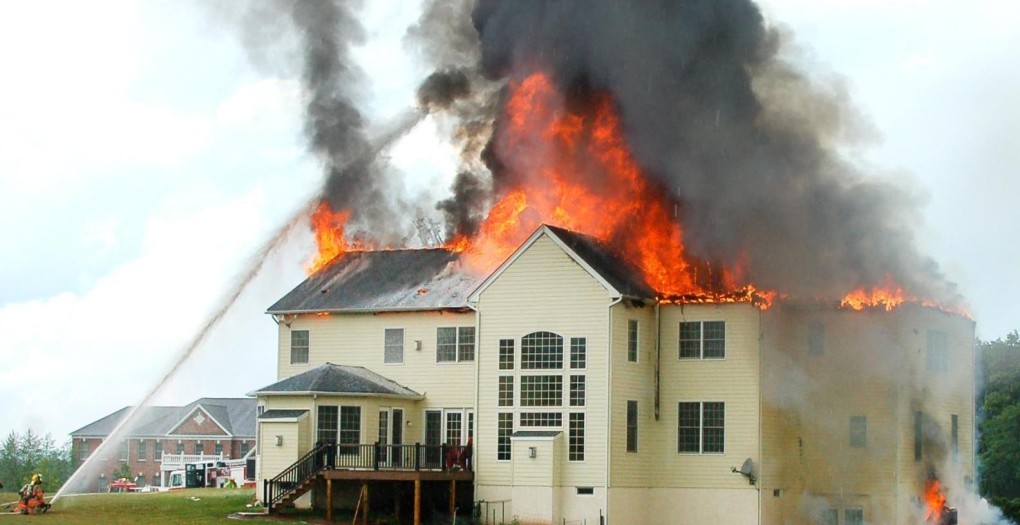Why You Should Winterize Your Home if it is Vacant- Columbus, Ohio

Why You Should Winterize Your Home if it is Vacant.
Following fires or in the absence of normal heating, it is critical to protect your property from further damage due to freezing temperatures and to provide protection against freeze damage by draining water lines and tanks, introducing anti-freeze into plumbing traps, and other measures required by a particular damage site.If you have decided to shut down the building's heating system, some steps to protect the building from freeze damage are simple.
- Close the main building water supply valve.Check that the valve really closed fully during the process of draining the piping. Be careful: some valves that are seldom used or which are old may not close off completely.
- If a water pump and pressure tank are installed,turn off electrical power to the water pump. (Draining the pump and water tank are discussed below.).
Drain the building water supply piping; because most homes other than some vacation cottages are not built with piping intended to be periodically drained, there may be long horizontal pipe runs that will not easily drain out all of their water by gravity, or even some supply pipes that slope "backwards".
- Use air to remove water:Some plumbers try blowing air through the piping to force out water, or they may install multiple points at which piping can be drained. Below we address some steps to check for frozen, burst piping when turning the water supply back on.
- Cut pipes to remove water:Other plumbers will simply cut open any water supply pipe that may not be draining properly, figuring that it's a much smaller repair to later close that cut connection than to fix a building that has been flooded.
- Use the building drain:Most buildings include a building drain valve located at or near the lowest point in the building supply piping, but "inside" the building or past the main building water supply shutoff valve.
Drain the building plumbing fixtures, tanks, faucets
- Winterize hot tubs, spas, whirlpool tubs: remove all water from the fixture if possible.
- Winterize toilets, and remove all toilet water from bowls and toilet tanks. Some winterizing companies pour an anti-freeze mix into building toilets and traps. Some anti-freeze chemicals are toxic and should not be discharged into a septic system. See notes below about use of antifreeze in buildings.
- Be sure to winterize water heaters(never turn on electricity to a drained electric water heater, nor turn on power to a gas or oil-fired water heater. It is dangerous and is likely to destroy the heater too.
- Winterize well water tanks and pumps: need to be completely drained of water - a frozen burst in-building water pump adds an expensive repair later
- It is important to remember to winterize all building faucets:after water supply has been turned off, open every faucet and leave it open - water left in a faucet can freeze and break it.
- Open outdoor faucets: be sure also to remove any garden hoses on outside faucets. A garden hose left connected to its outdoor hose hook-up point (the hose bibb) can retain water that freezes and damages the outdoor hose bib (faucet) and can lead to burst piping, leaks, and building damage.
- Winterize the building supply piping: above we recommended removing all water from the supply pipes, cutting pipes if necessa
- Turn off and drain the water softener or other water treatment equipment.
- Winterize all building drains: Be sure to remove traps and use of a non-toxic antifreeze in traps or toilets that cannot easily be removed or emptied of all water.
- Empty or remove building fixture traps; see our note below about use of antifreeze.
- Unless the anti-freeze is specifically designed for winterizing a building it could be highly toxic (such as automobile antifreeze).

